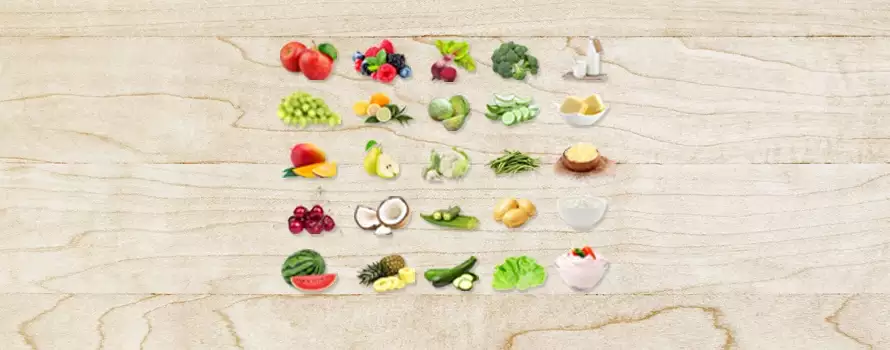Have you ever wondered why some people are hyperactive while others stay calm? Why some people do not put on weight despite eating more than what is required while others gain weight by eating a simple three-course meal? Ayurveda resolves all these questions with the three doshas or body types.
In
Indian Ayurveda
, there are mainly three types of body types—Vata, Pitta & Kapha. The doshas are described as biological energies found throughout the human body and mind. They govern the physical and mental processes and provide every living being with an individual blueprint for health and fulfilment. These doshas are derived from the five elements of nature and its related properties, wherein Vata is composed of space & air, Pitta of fire and water and Kapha of earth and water.
The balance of doshas in the body goes a long way in keeping you healthy. According to Ayurveda, if the proportion of doshas in your current state is close to your birth constitution, then you remain energetic and healthy. Any imbalance or divergence between these states can lead you to feel sick and unhealthy. In Ayurveda, vikruti is the term used to describe this imbalance or deviation away from the prakruti.
Since we are most susceptible to imbalances related to our doshas, having a deeper understanding of what constitutes them and what kind of a dosha you belong to is important.
What is Vata body type? It is a dosha is derived from the elements of space and air and it is known as the energy of movement that governs all the biological activities of the body. It is also called the ‘king of doshas’ since it governs the body’s greater life force and gives motion to the other two doshas of pitta and Kapha.
People born with Vata dosha are usually active, creative and are gifted with the natural ability to express and communicate. They are also quick learners, have a lively and fun personality, and are full of joy and enthusiasm when in balance. But when their Vata goes out of balance, they start showing tendencies to act on impulse, mood swings and respond to stress with fear, anxiety and worry. Some of the common signs of Vata imbalance also include bodily disorders related to dryness of skin, dry cough, constipation, lower back pain, menstrual disorders and abdominal pain among others.
People of Vata body type are generally physically underdeveloped. Their chests are flat and their veins and muscle tendons are usually visible. They usually have a brownish to the wheatish complexion and their skin remains dry, rough and cracked.
The Vata body type can be rather too shot or too tall and usually are on the slim side. Because of poor muscle development, their prominent joints and bones are usually visible. Their hair is usually curly and scanty and has thin eyelashes. Most of the time, they have sunken eyes, hands and feet often remain cold, nails are rough and brittle while the shape of their nose is bent and turned up. They might have a disturbed sleep pattern and so sleep less than the other two body types. Vata people love to gorge on sweets and love their drinks hot.
The Vata body type in Ayurveda constitutes vitality and governs all movement processes at a microcellular and macroscopic level – from the blinking of your eyelids to the movements of your muscles. This form of energy is also responsible for circulation, respiration and the nervous system. Vata is the king of the doshas. If it is in equilibrium, then normally Pitta and Kapha are too. Vata is the foundation of our sense of well-being, which is why keeping this dosha in balance is so vital. The Vata type is shaped by space and air.
A regular daily routine, warming meals, minimal raw food, massages, baths is good for Vata body type. Warming spices, such as pepper, ginger and cardamom, are considered particularly favourable. People with a Vata dosha should eat small, regular meals and avoid combining too many different foods. Allowing sufficient time to eat and chewing carefully will ensure that pre-existing digestive enzymes in the saliva are released, making food easier to digest.
Have warm drinks regularly and in plentiful quantities. Meals should also be predominantly warm and vegetables should generally be cooked because sweet and warming dishes help subdue Vata. The Vata type should avoid stimulating drinks. This includes cola, coffee and black tea. This is because they stimulate the human nervous system too much. Carbonated beverages should be avoided as far as possible too.



